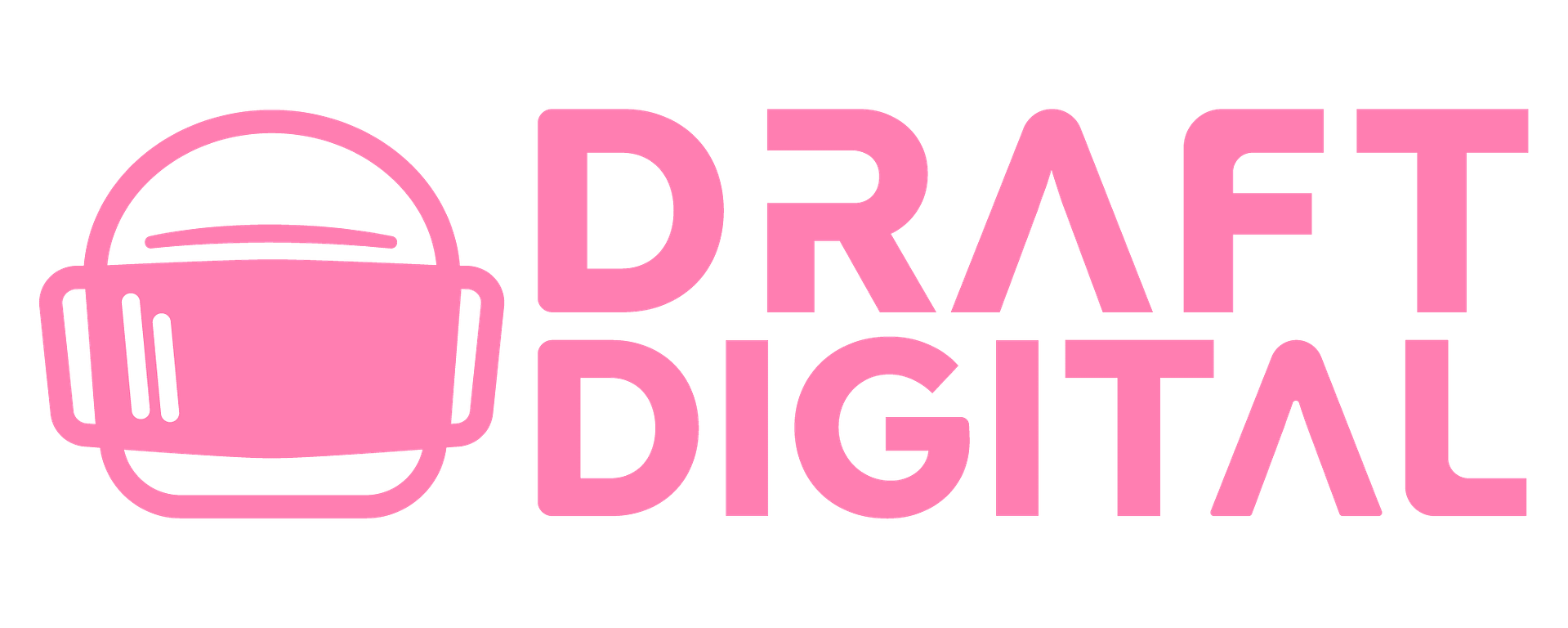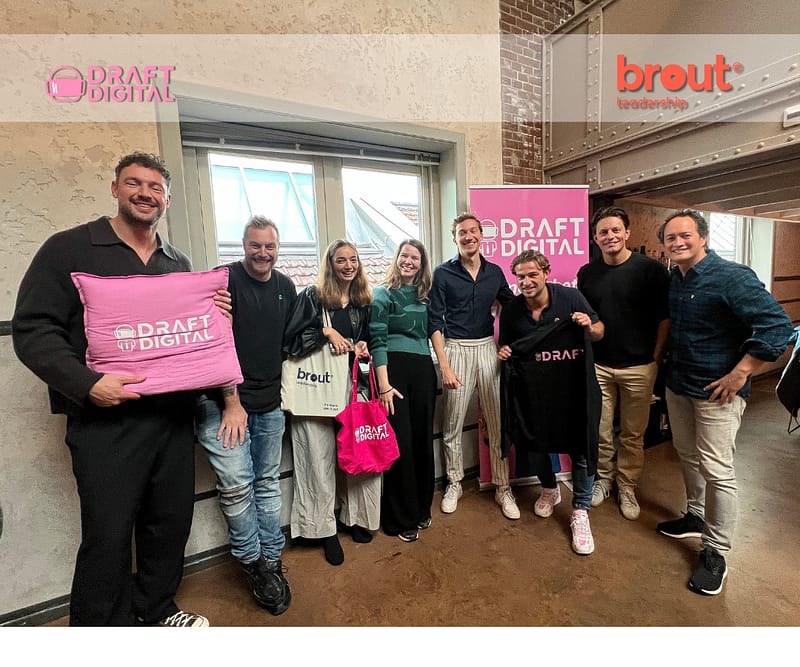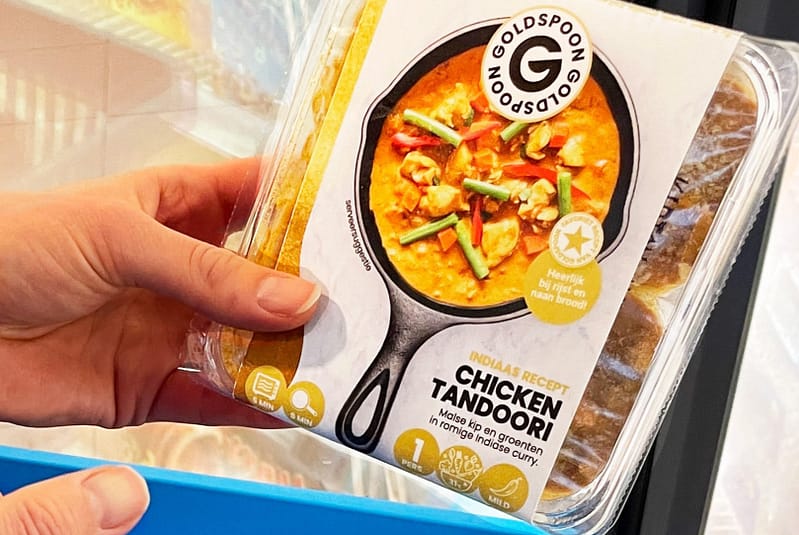Many digital marketing specialists may have noticed that DPG Media is strategically positioning itself by setting up its own ecosystem where ads will be traded. They often use the term "Trusted Web" for this.
This is related to a convergence of circumstances, including the dominance of Google and Meta (who together account for over 60% of media spend), the phase-out of third-party cookies in 2024, the entry of many gambling companies, and concerns over user privacy, which, according to the Dutch Data Protection Authority, is not adequately protected under the current model, TCF 2.0. For these reasons, they are focusing on their own ecosystem where buying, data, creative, and privacy come together. In this brief article, we focus on the strategy chosen by DPG and Draft Digital’s vision on this.
The Ecosystem in brief
DPG Media is stepping up its competition with Google and Meta with its new ecosystem, aiming to create a competitive platform where data, privacy, creativity, and media converge. This strategy reduces DPG's reliance on major international tech companies and gives it a unique proposition in the market. Advertisers can also manage everything through the platform without the need for third parties. Let's now delve into the plans for the various pillars.
Privacy
DPG Media is intensifying its competition with Google and Meta through its new ecosystem, striving to establish a competitive platform where data, privacy, creativity, and media come together. This approach diminishes DPG's dependence on major global tech firms and offers it a distinctive value proposition in the market. Advertisers can also oversee all aspects via the platform without requiring third-party involvement. Now, let's explore the plans for the different pillars.

Data
As DPG Media can build increasingly better profiles, it's also able to create stronger segments. Advertisers can utilize this through Datalab, a tool developed by DPG where all data becomes available. Advertisers can create segments themselves based on the available data. Segmentation can occur in many different ways, but the main methods are:
- Demographic-based
- Contextual-
- Interest-based
- Life-Events-
- First-Party data targeting.
Especially, the first-party data targeting is interesting and unique in the market, especially when compared to other Dutch publishers. By establishing a first-party data strategy, DPG enables advertisers to use customer match solutions. This means that your PII (personally identifiable information) such as an email address is matched with that of DPG. This way, you can, for example, find your customers within the DPG network. It's also possible to lookalike these users, allowing you to search for new customers.
This is certainly a smart choice, especially considering that it needs to be future-proof in a world without 3rd party cookies.
DPG Media Creative
Furthermore, they are increasingly focusing on their own type of advertisements that align well with their own strategy and network. By introducing these so-called Seamless ads, they will gradually move away from the IAB banners, which have become normalized in the market. The Seamless Ads fit better into the website, making the ad less intrusive. Moreover, being noticeable and intrusive often does not mean better performance. From previous campaigns we have run in the past, it was found that the CTR and performance of 'native' advertisements were already better than an IAB banner. DPG has also shared some figures indicating that the CTR is more than 5 times higher compared to the IAB banners. We are curious whether this is also the case for Brand KPIs. The ad is, of course, less conspicuous.
As specialists, we can also confirm that adapting advertisements to the platform where they are displayed enhances performance. Just take a look at social platforms. Here, you can see that relevant content is essential for good performance. Why wouldn't this be the case in display/programmatic advertising?

Procurement
Finally, we mention the procurement method. As may be known, the Open Market within programmatic advertising is one of the largest sources of revenue for publishers; however, DPG Media is moving away from this form of procurement. The open market largely relies on 3rd party cookies and initiatives such as the Transparency Consent Framework. This does not align with the chosen "trusted web" strategy, but it can pose a risk. According to a Deloitte study, the share of the open market is decreasing, but at 58%, it remains by far the largest procurement method.
As mentioned, DPG is thus shifting its focus towards a strategy where purchases can only be made when there has been direct contact with someone from DPG. A Deal ID must be set up for procurement. Additionally, this makes it possible to integrate with the previously mentioned Seamless Ads, as well as the data stored through their first-party data strategy. This data cannot be used on the open market. Another advantage of using a deal ID is that the payout to intermediaries is often lower, meaning less is left on the table.

Finally, DPG Media takes it a step further by combining all these factors in their platform, DPG Demand. Because it is now possible to buy media directly through their own buying platform, advertisers can purchase ads on DPG sites linked with valuable data and creatives. This means that a Demand Side Platform like DV360, Xandr, or Adform is no longer necessary, which can also result in cost savings. Such platforms typically charge around 10-15% commission on an advertiser’s media spend.
But what can happen?
On paper, this sounds like a very promising and forward-thinking story, and indeed it is. Fundamentally, this ecosystem is a valuable addition to the current tooling and can provide a competitive advantage compared to other publishers. However, they also need to consider a few factors.
- Good personnel is very scarce in the market, which is why agencies try to train their staff in using a system. DPG offers multiple tools, and it can be challenging for employees to understand them all. At Draft, we are, of course, happy to help you with this.
- At the moment, many advertisers still rely on results based on 3rd party cookies, and tools like DV360 specialize in reaching the right individuals. Despite DPG also having an algorithm, there's a chance that this algorithm may not perform as well on KPIs lower in the funnel, such as post-view conversions. As a result, many advertisers prefer an open market-only strategy, potentially excluding DPG from their plans. However, the disappearance of the 3rd party cookie means that this problem will gradually fade away.
- In the open market, little personal attention is required from the publisher's side. Money simply comes in. However, for a PMP or additional system, contact with the advertiser is necessary, requiring personnel. Additionally, we've noticed in the past that it can be quite challenging to convince traders to adopt a new solution, either due to lack of experience or time constraints. Therefore, top-level account management is crucial.
Draft Digital's perspective on the future of DPG Media
Despite the short-term challenges, Draft Digital believes that DPG has chosen the right long-term strategy to compete with Meta and Google. However, once the open market is phased out, this will undoubtedly lead to a decrease in revenue. In the long run, DPG will have an advantage over competitors in the Netherlands because they have a solution that is future-proof on various fronts. If you're a (large or small) advertiser and are unsure how to effectively utilize DPG Media in your strategy, feel free to get in touch withus. We're happy to assist you further.
And if you enjoy this content, sign up for the newsletter.







